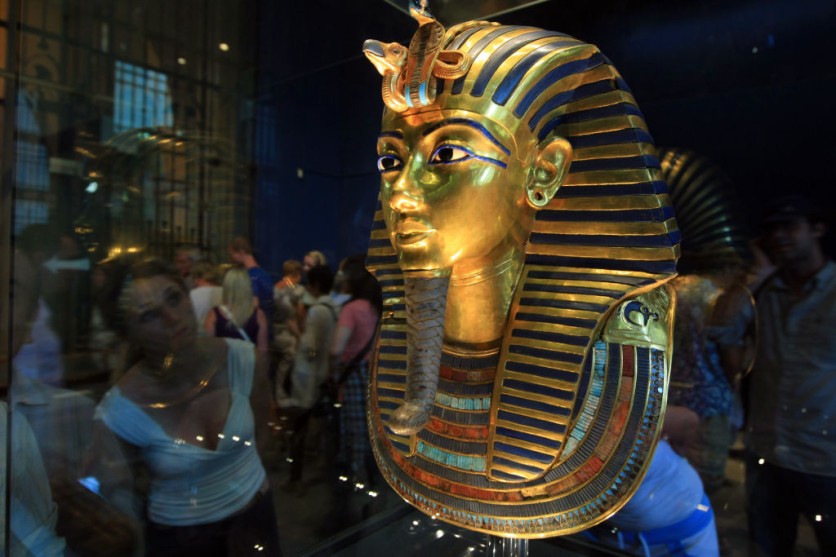One of the most important pharaohs of the ancient Egyptians was King Tut, and his early death was a massive loss, but new theory suggests that this may have been caused by his excessive wine drinking and high-speed driving.
The theory suggests that King Tutankhamun, also known as King Tut, died because of an infected open wound after an alcohol-induced chariot crash, contradicting other beliefs that the young Egyptian ruler was having problems riding a chariot as he was sickly and struggling to walk.

King Tut Allegedly Died In Alcohol-Induced High-Speed Chariot Crash
King Tut only served as a pharaoh for 10 years before dying at 19. His tomb was discovered in 1922, and it remains the most complete burial site of an ancient Egyptian ruler that was ever found.
King Tut was known to have died after getting a wound on his leg in a chariot crash, and this was the beginning of his untimely demise. Early researchers also believed that King Tutankhamun was a sickly and weak ruler due to several genetic abnormalities found within his body, like a clubfoot and a big overbite.
However, biomedical Egyptologist Sofia Aziz told the BBC's Science Focus that this was not correct. Aziz claimed that Tutankhamun was a fairly healthy teenager, and injuries from a chariot crash likely caused his death.
She believed King Tut's leg was broken and wounded after it hit the "dashboard" portion of the chariot during the crash while he was highly intoxicated with wine.
"He was like a typical teenager, drinking and probably driving the chariot too fast... This new theory says that he's more of a warrior king - that he did ride chariots," Aziz told BBC Science Focus.
According to Aziz, an overwhelming amount of dry white wine was found in his tomb. Six chariots, a breastplate, and other armor were also discovered in his tomb. Drunk driving is currently one of the top causes of death in the world.
The Mystery of King Tut's Life in Ancient Egypt
Some academics believed that King Tut was a fan of chariots and wines, as these were found in his tomb, which contradicts past studies that suggest that he was not able to drive chariots because of his physical disabilities.
The hundreds of walking sticks that were also found in his tomb support the theory that he needed canes to move around.
Legacy of King Tut
King Tutankhamun is arguably one of the most famous pharaohs and mummies of ancient times in Egypt, and his tomb's discovery in 1922 by Howard Carter and his team was phenomenal as it significantly grew the interest in the young ruler's life.
Almost a decade later, archaeologists and researchers are still looking into the alleged hidden chambers left undiscovered by past studies. Technology has already opened up many studies about King Tut.
Some researchers tried to unmask the young Egyptian king with the use of reverse imaging. A genetic study also claimed that King Tut was a product of incest that caused his physical deformities.
Despite being a 5,000-year-old mummy found in 1922, modern research is still finding new information and developments in King Tut's case, including the cause of his death at a young age.
This latest information from Aziz suggests that King Tutankhamun was a thrill-seeking and adventurous person who drove the chariot very fast while drunk.
Related Article : Here Are Five Interesting Facts About Egypt's Most Famous Pharaoh King Tutankhamun





